This project is my interpretation of Hiroshi Sugimoto’s concept of time, as explored in his Theater series. Inspired by the mechanics of a sundial, I approached the idea through the relationship between light and shadow.
This was taken with a Pentax MX 35MM camera. The film used: Kodak Professional T-Max 400 Black and White.
The world contains a vast amount of different possibilities. Some of those possibilities have been created into existence or have yet to be discovered. To make sense of the world we are living in, society has discovered or created various ways.
One example is the measurement of time. It is one of the many standards heavily relied on by humans. Time is used to document the past, keep track of events occurring in the present, and set up goals or plans for the future.
Because society heavily depends on time—does that mean time is real? Time is set up by day and night, which defines this sense of motion that we are moving. Although that is true, there is another idea that we, as humans, are the reason for that motion. In a sense, we are the agents of causality.
Following Hiroshi Sugimoto’s philosophical ideas of the time―the concept of time as causality is represented through light and shadow. Light represents the “source” of the cause, and shadow defines the “result” of the cause. And in-between those two substances, there is a “body” that represents the ongoing present.
Through these ideas, I hope to convey the idea that society is the agent of the “past” and the “present” that produces an effect on the future. I noticed that Hiroshi Sugimoto photographed many of his works in museums, so I decided to go to the Metropolitan Museum of Art to do the same. However, I tried as much as possible not to include the work of art itself but to emphasize the shapes and forms created by art and architecture in the building.
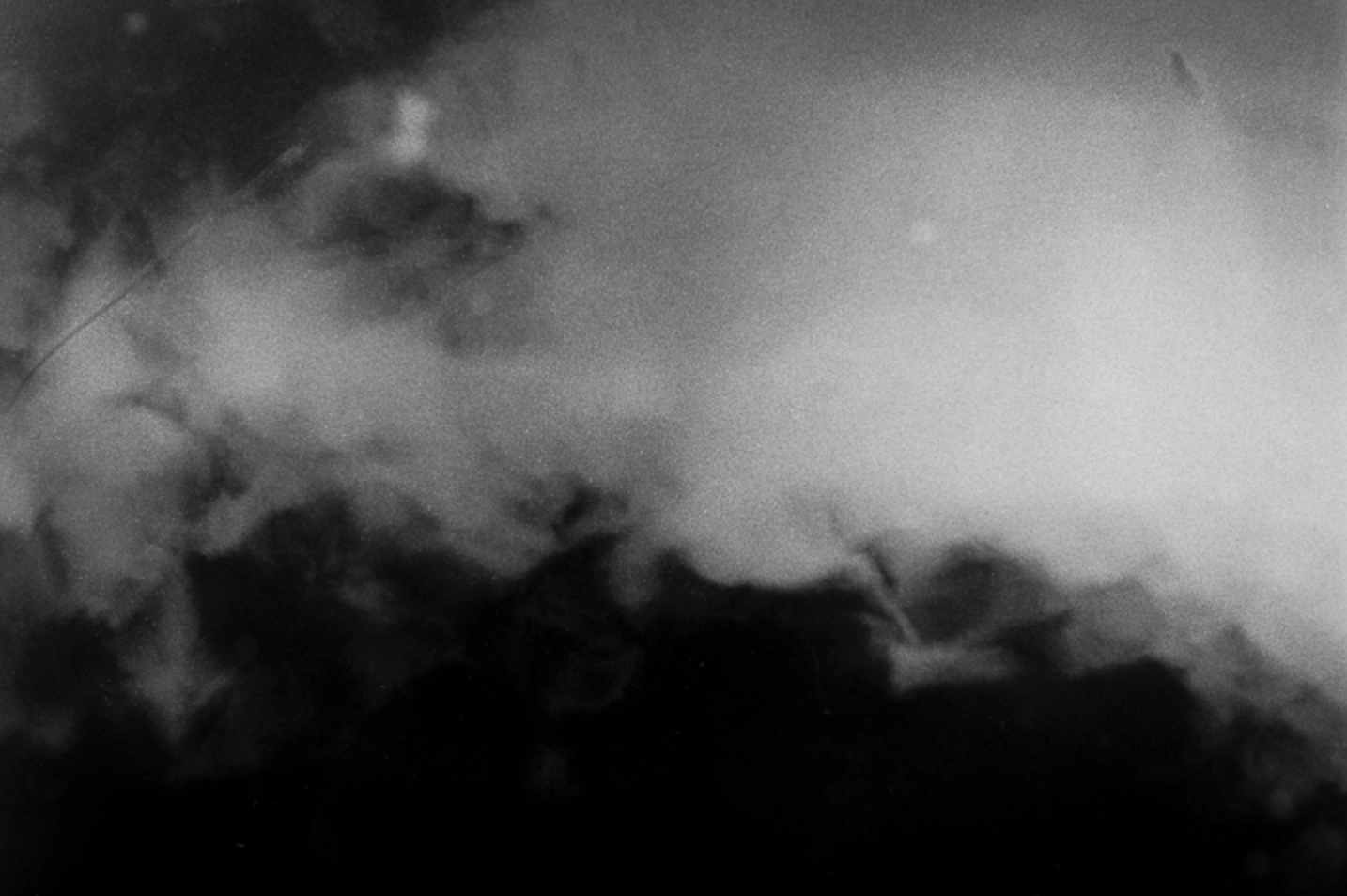
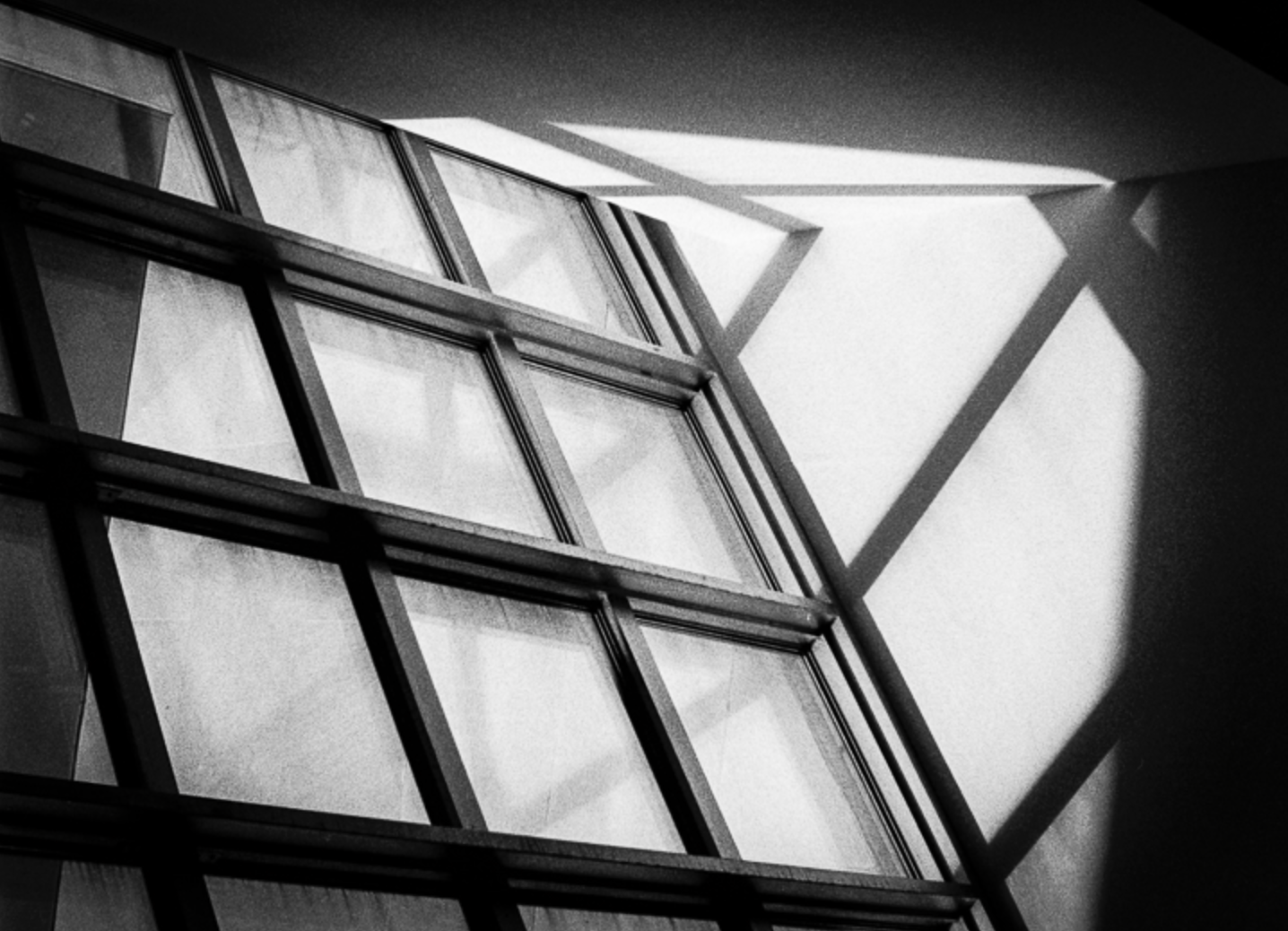
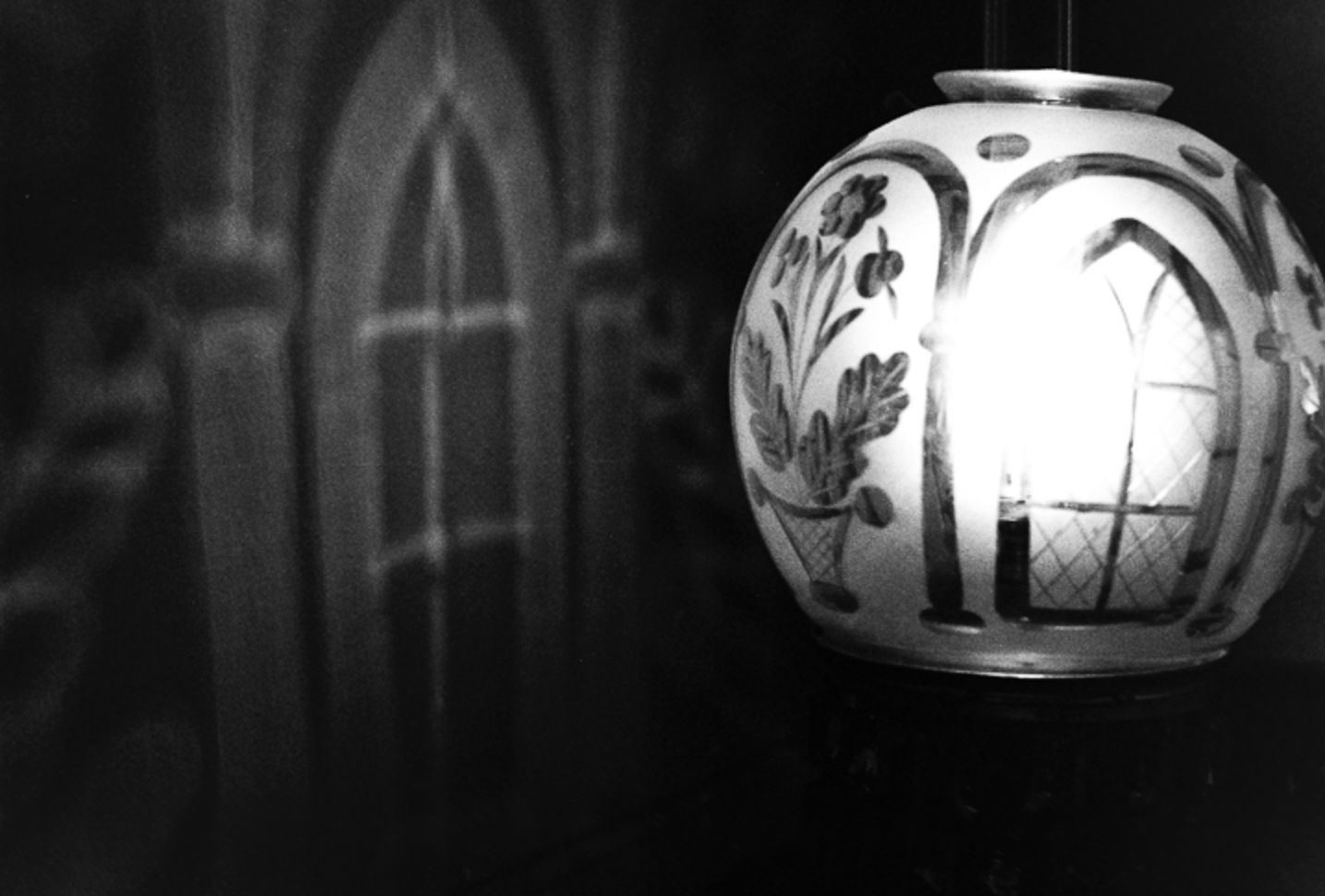
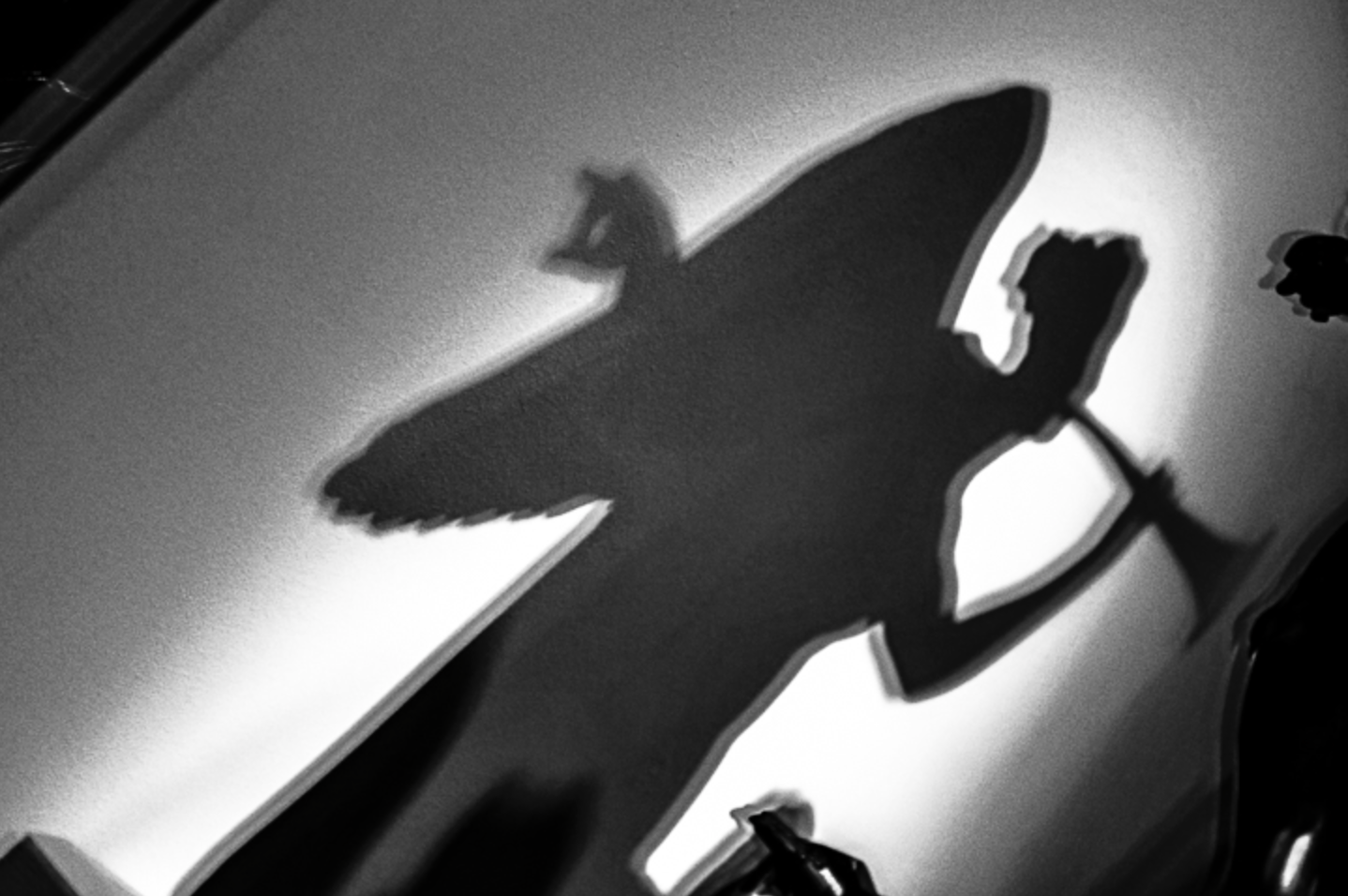
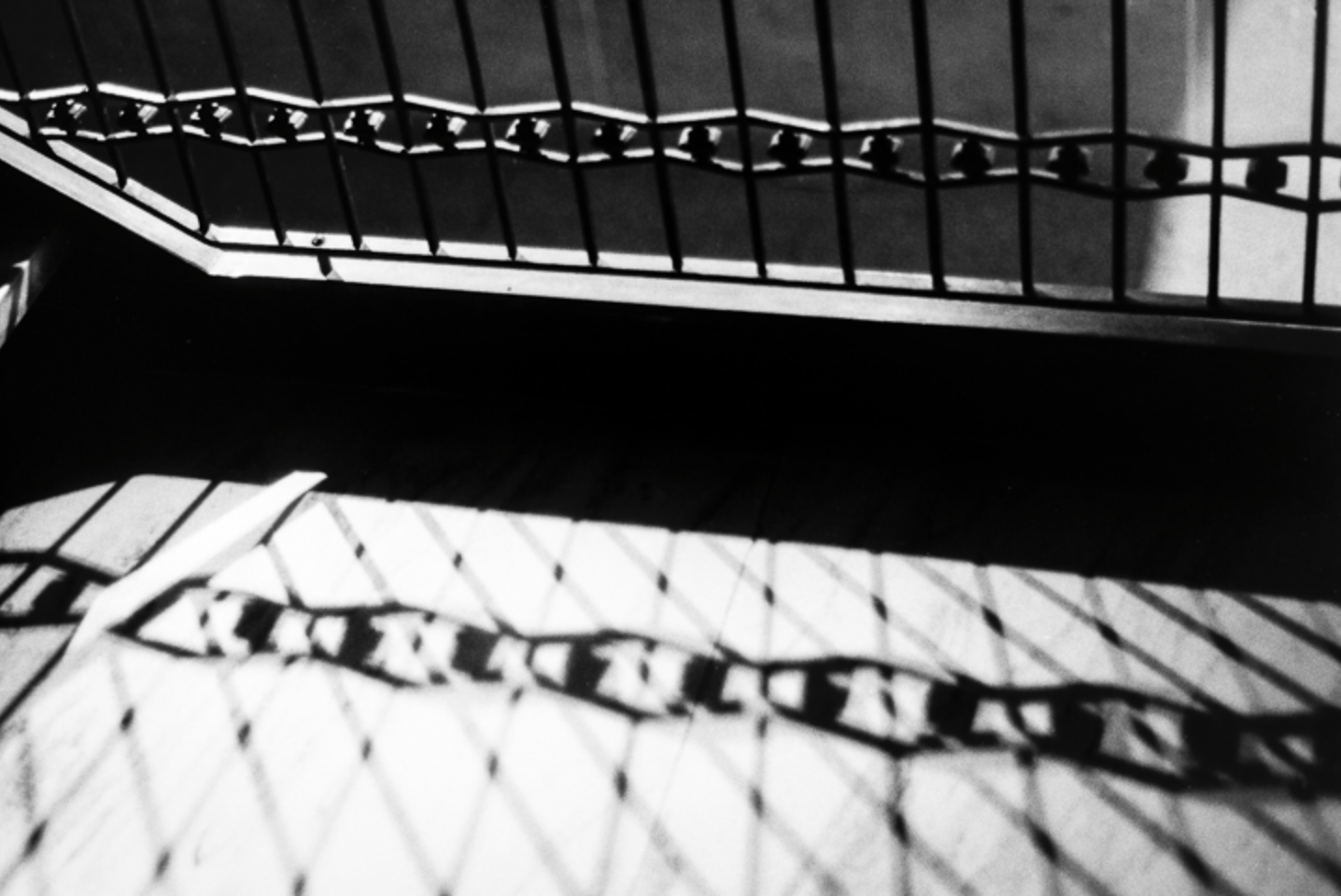
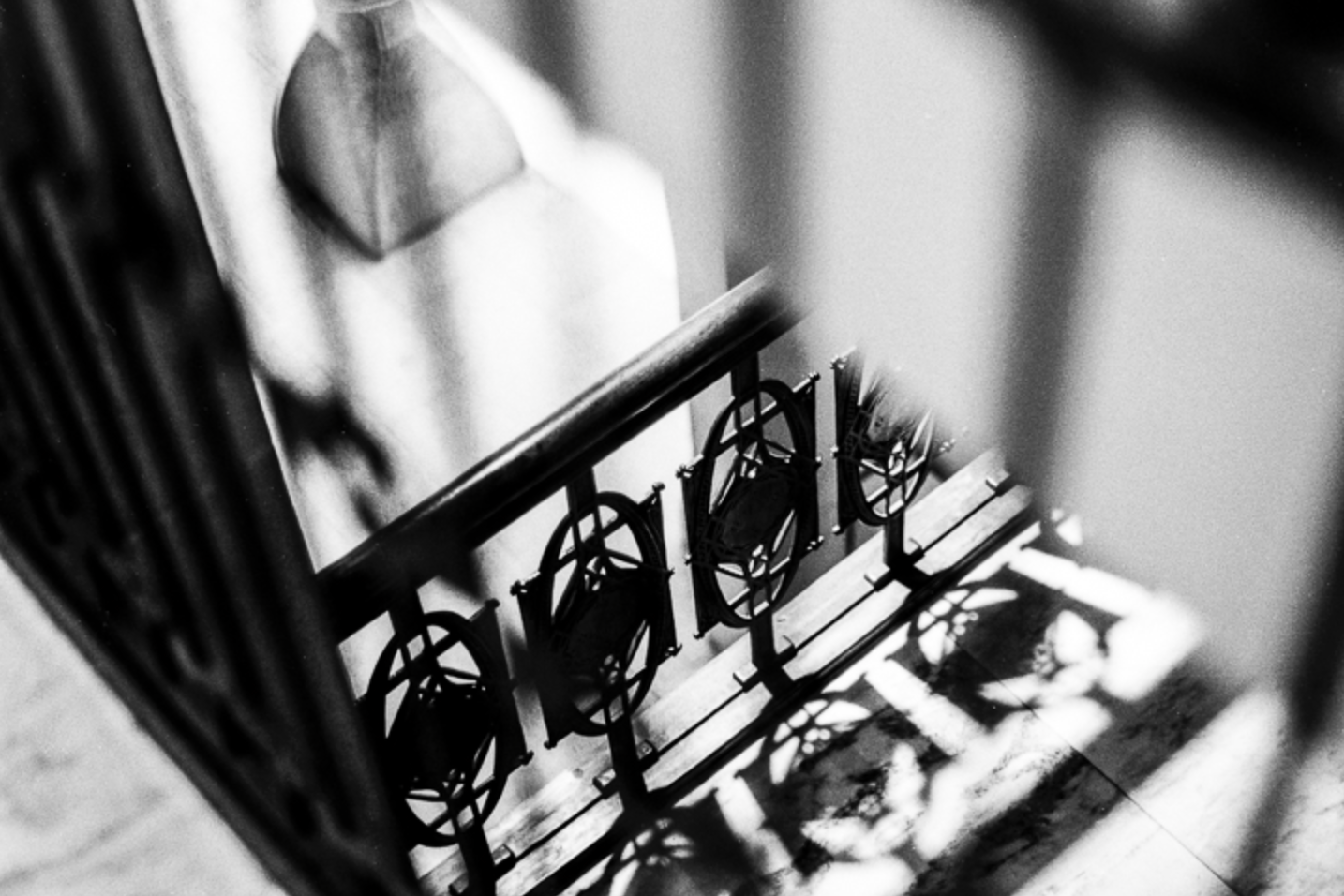
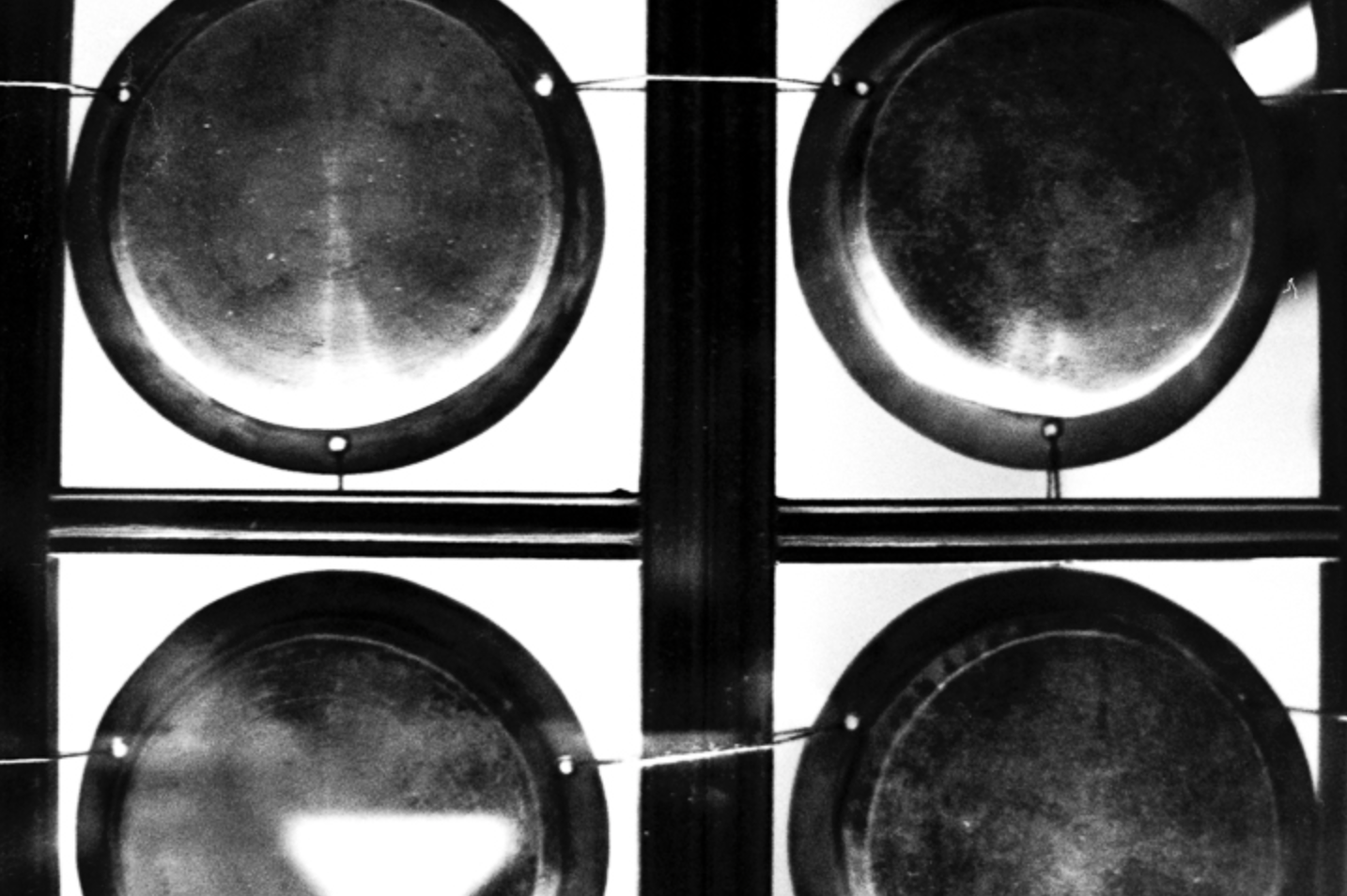
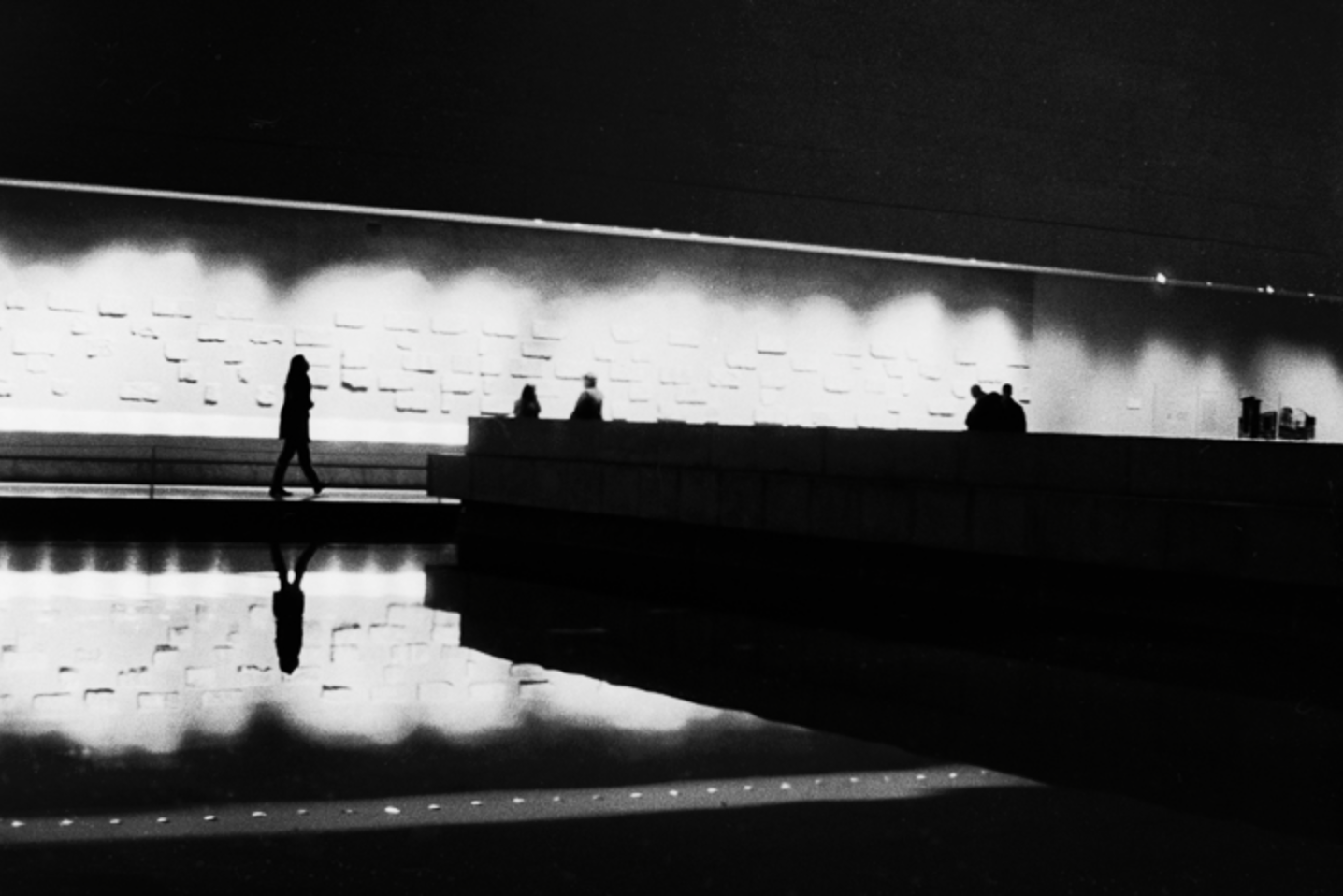
“To me photography functions as a fossilization of time."
—Hiroshi Sugimoto
—Hiroshi Sugimoto